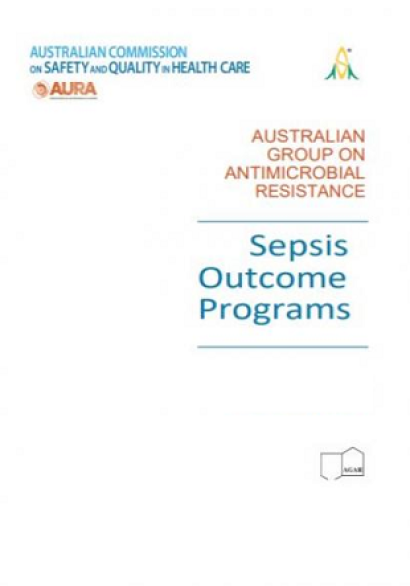2018
Audit, monitoring or reporting tool
Medication without harm WHO Global Patient Safety Challenge Discussion paper for public consultation
2019
Publication, report or update
Consultation on this discussion paper closed 5 July 2019.
Media Enquiries
To request comment from the Commission's spokespeople, please contact the Media team at media@safetyandquality.gov.au.
For health services
The Commission recommends that health services:
2019
Publication, report or update
2014
Fact sheet or brochure

